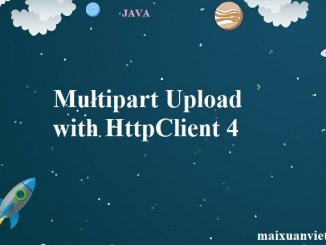
Multipart Upload with HttpClient 4
1. Overview In this tutorial, we will illustrate how to do a multipart upload operation using HttpClient 4. We’ll use http://echo.200please.com as a test server because it’s public […]

1. Overview In this tutorial, we will illustrate how to do a multipart upload operation using HttpClient 4. We’ll use http://echo.200please.com as a test server because it’s public […]

1. Overview This tutorial will illustrate how to configure Basic Authentication on the Apache HttpClient 4. If you want to dig deeper and learn other cool […]

1. Overview This quick tutorial will show how to configure the Apache HttpClient 4 to automatically follow redirects for POST requests. If you want to […]
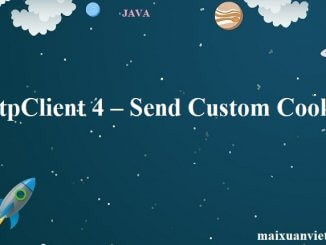
1. Overview This tutorial will focus on how to send a Custom Cookie using the Apache HttpClient 4. If you want to dig deeper and learn […]

1. Overview This article will show how to configure the Apache HttpClient 4 with “Accept All” SSL support. The goal is simple – consume HTTPS URLs […]

1. Overview In this tutorial – we’ll POST with the HttpClient 4 – using first authorization, then the fluent HttpClient API. Finally, we’ll discuss how to Upload a File […]

1. Overview This cookbook shows how to use the Apache HttpClient 4 in a variety of examples and use-cases. The focus is on HttpClient 4.3.x and above, so […]

1. Overview In this tutorial, we’ll look at how to set a custom header with the HttpClient. If you want to dig deeper and learn other […]

1. Overview This tutorial will show how to configure a timeout with the Apache HttpClient 4. If you want to dig deeper and learn other cool things […]
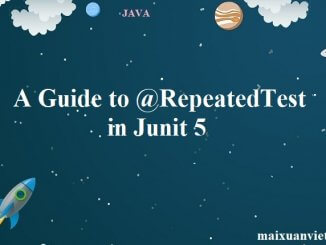
1. Overview In this quick article, we are going to look at the @RepeatedTest annotation introduced in JUnit 5. It provides us a powerful way to write […]

1. Overview Dynamic testing is a new programming model introduced in JUnit 5. In this article, we’ll have a look at what exactly dynamic tests […]

1. Overview JUnit 5 provides multiple methods for registering extensions. For an overview of some of these methods, refer to our Guide to JUnit 5 Extensions. […]

1. Overview In this article, we’re going to take a look at the extension model in the JUnit 5 testing library. As the name suggests, the […]
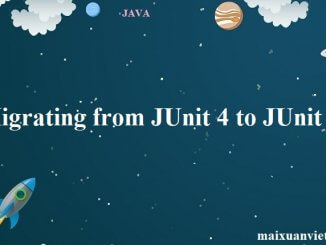
1. Overview In this article, we’ll see how we can migrate from JUnit 4 to the latest JUnit 5 release – with an overview of […]

1. Overview Prior to JUnit 5, to introduce a cool new feature, the JUnit team would have to do it to the core API. With JUnit […]

1. Introduction In this quick article, we’ll cover the usage of the @RunWith annotation in the JUnit 5 framework. In JUnit 5, the @RunWith annotation has been replaced by the […]
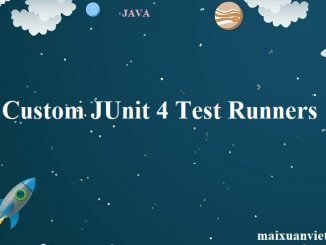
1. Overview In this quick article, we’re going to focus on how to run JUnit tests using custom test runners. Simply put, in order to […]
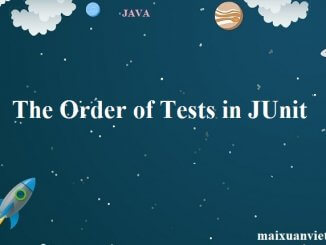
1. Overview By default, JUnit runs tests using a deterministic, but unpredictable order (MethodSorters.DEFAULT). In most cases, that behavior is perfectly fine and acceptable; but there’re cases […]
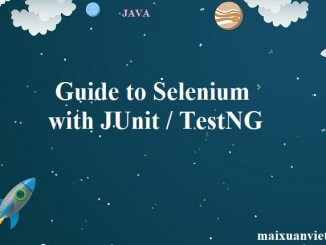
1. Introduction This article is a quick, practical introduction to working with Selenium and writing tests with JUnit and TestNG. 2. Selenium Integration In this section, we’ll start with a […]
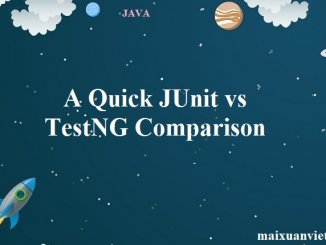
1. Overview JUnit and TestNG are undoubtedly the two most popular unit-testing frameworks in the Java ecosystem. While JUnit inspires TestNG itself, it provides its […]
